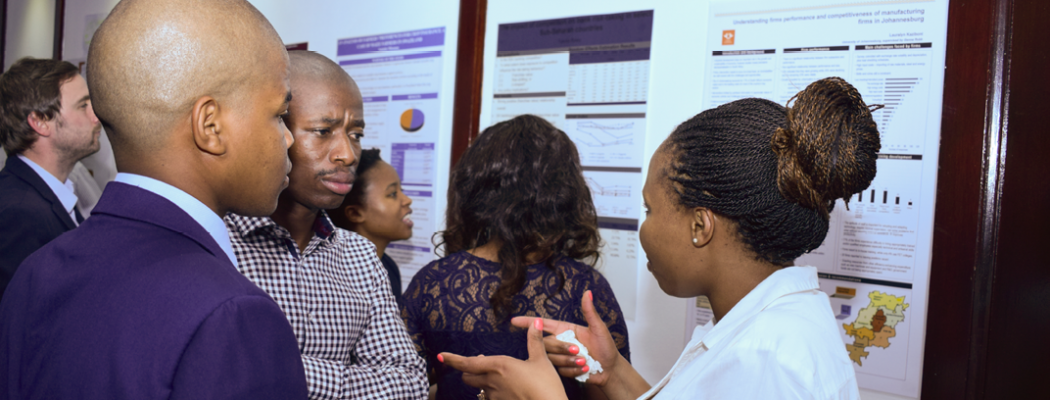Simulation of options to replace the special COVID-19 Social Relief of Distress grant and close the poverty gap at the food poverty line
We use a fiscal incidence model based on the South African 2014/15 Living Conditions Survey to simulate the poverty reduction impacts of a selection of medium-to-long-term social grant options with the goal of replacing the existing special COVID-19 Social Relief of Distress grant upon its expiry and closing the extreme (food poverty line) poverty gap. Our key findings are that the introduction of a household-targeted family poverty grant is theoretically able to reduce extreme poverty most efficiently; however, it faces stark implementation challenges. The basic income grant has the largest impact on poverty with its large budget and is possibly easier to implement through the tax system, but ties for the least efficient scenario. A redesigned special COVID-19 Social Relief of Distress grant is similar in budget size to the family poverty grant and presents a middle-ground in terms of efficiency and implementation challenges. Finally, topping up the child support grant is more efficient than implementing a public works programme, but both are small in size, and the former would exclude households without children, while the latter has operational constraints and competing goals, diluting its short-term poverty reduction impact. We find some sensitivity to the poverty line chosen and size of the budget, and strongly recommend that further research be conducted on the implementation aspects of new grants which may substantively change the theoretical results and ranking of options presented here. In addition, the sociological consequences of a possible shift towards a household-based social grants system may prove important.

